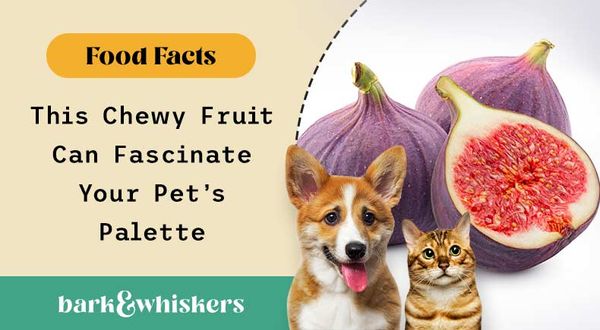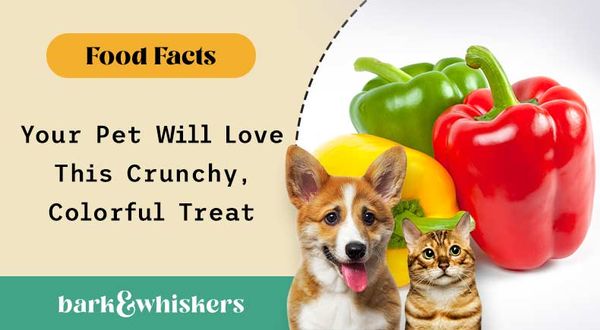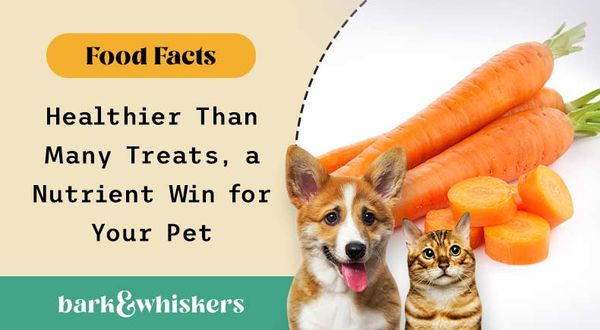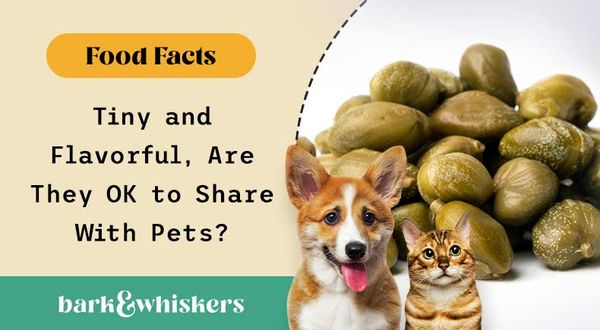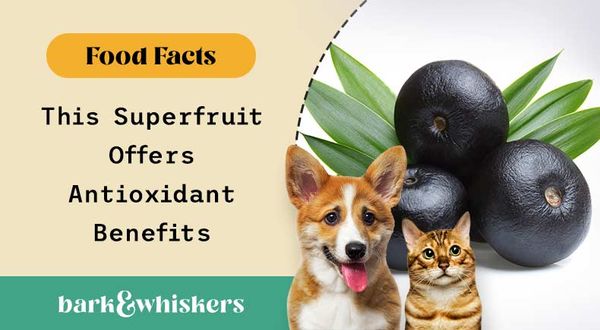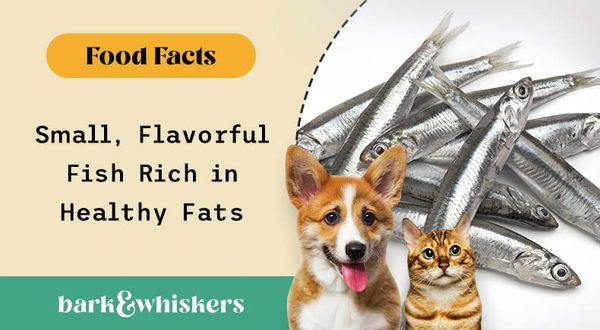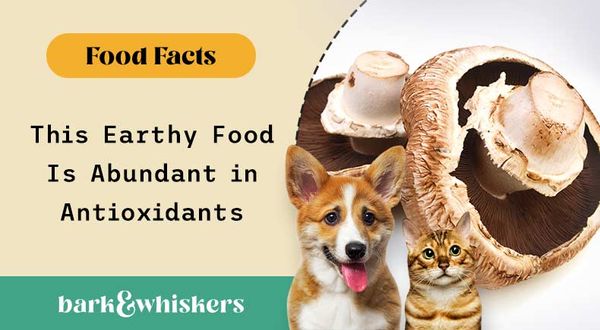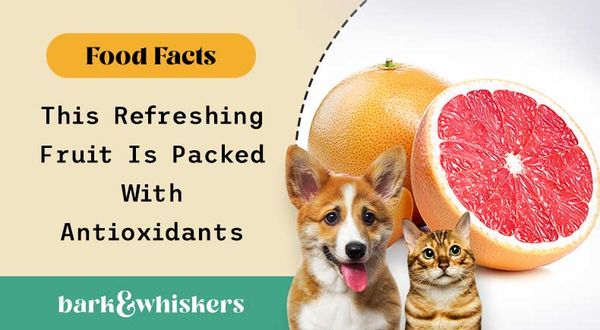
Grapefruit: This Refreshing Fruit Is Packed With Antioxidants
Juicy, refreshing and rich in potent antioxidants, this member of the citrus family offers benefits to your pet’s health, if they’ll eat it, but make sure to serve it without the peel. Learn more about its benefits and how to offer it to pets here.
